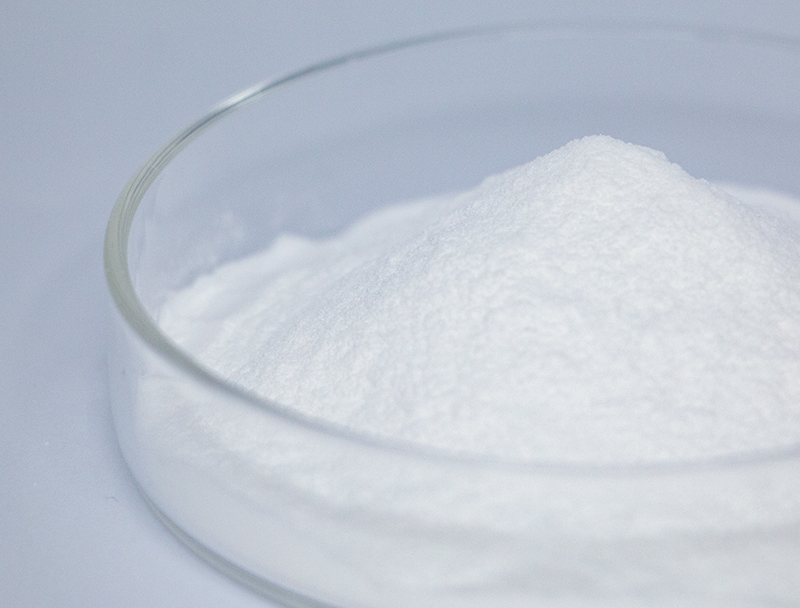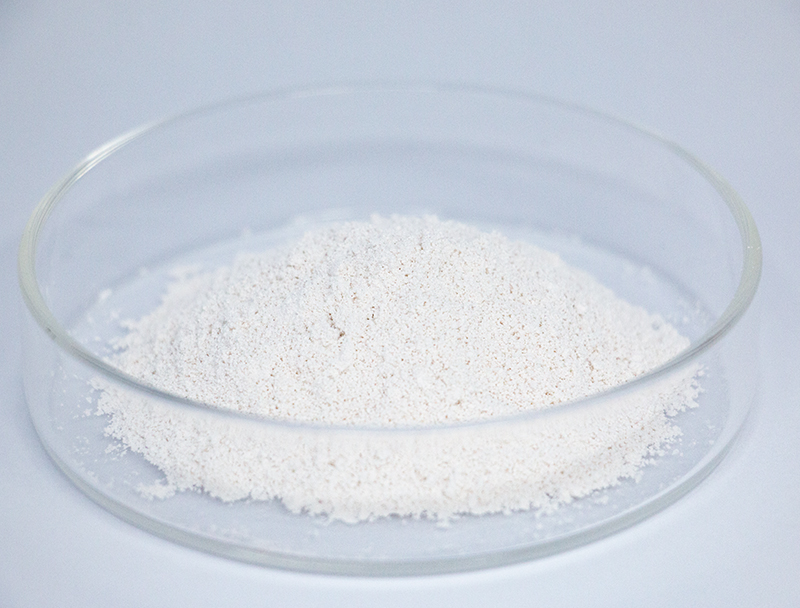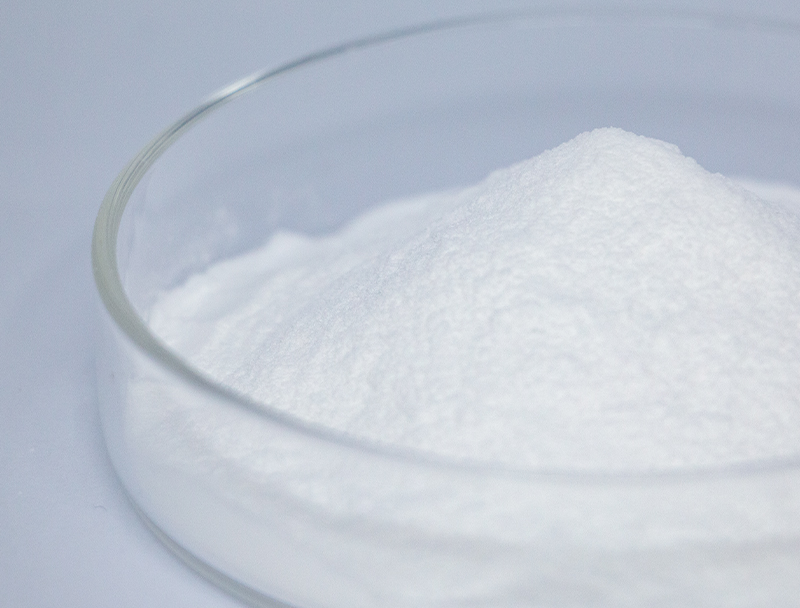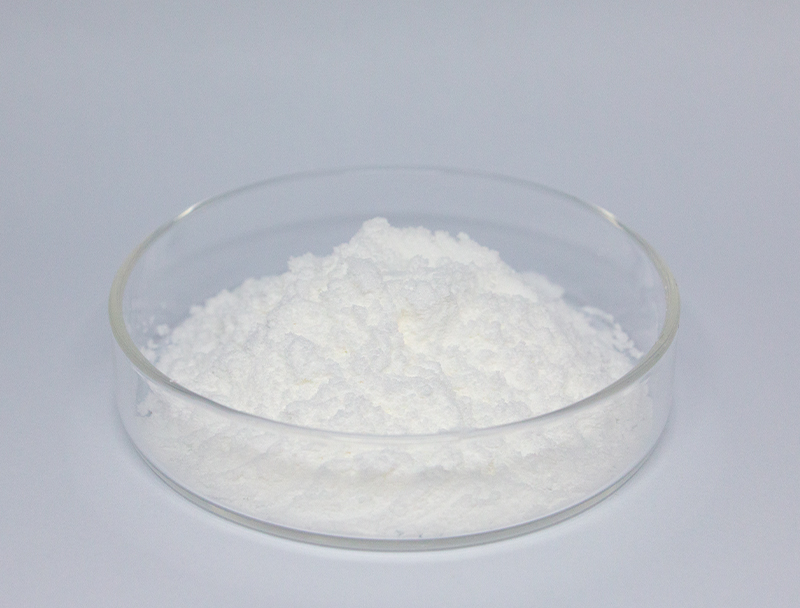
Bioprocessing depends strongly on an extensive collection of starting materials to manufacture advanced biological products.
Protecting durable supply chain sourcing remains essential to industry resilience and responsible expansion.
many concerns related to standard raw input procurement such as ecological damage and resource depletion. Accordingly, manufacturers should embrace green sourcing tactics to shrink their ecological impacts.
- Models of sustainable material sourcing include:
- Applying circular feedstocks from post-harvest streams
- Operating reuse-focused platforms to lower discard and increase efficiency
- Collaborating with regional vendors focused on fair procurement
Moving toward responsible sourcing creates ecological improvements and economic resilience.
Optimizing Biomass Feedstocks for Enhanced Biofuel Production
Boosting conversion rates requires high-quality and well-characterized biomass. Researchers repeatedly investigate innovative methods to enhance feedstock potential, yielding greater biofuel outputs and greener energy prospects. Strategies feature genetic optimization to raise biomass yield plus pretreatment to depolymerize plant polymers into sugars.
- Likewise, initiatives explore candidates such as algal biomass, process wastes, and agricultural leftovers to extend sustainable feedstock availability for fuels.
- Owing to ongoing work the biofuel domain is primed to reach substantial milestones advancing renewable energy adoption.

Biopharmaceutical Manufacturing: Advancements in Upstream Processing
involves foundational activities from cultivation to biomass harvest Recent advances in this domain have led to improved production processes, ultimately increasing product yield.
Significant developments incorporate advanced biological platforms, tailored medium blends, and precision reactor engineering. These changes expand productivity and help reduce both financial and environmental overhead.
- Additionally, a shift to integrated continuous operations is providing enhanced flexibility and responsiveness in production.
- Transitioning to refined production methods has the potential to overhaul the industry and expedite new treatments.

Gene Editing Breakthroughs That Elevate Biopharma Output
improvements in molecular editing platforms like CRISPR have updated therapeutic production processes. By precisely targeting genes within host organisms, researchers can enhance the yield of valuable therapeutic proteins. The technique provides opportunities to manufacture economical, high-yield therapeutics for varied indications.
Leveraging Microbes to Tackle Environmental Pollution
innovative solutions for sustainable bioremediation, a critical process for addressing environmental pollution. Microbial species can metabolize and convert hazardous compounds into benign byproducts.. Utilizing microbial metabolism supports eco-friendly site cleanup methods that limit secondary harm from remediation.. Researchers screen diverse microbial taxa for metabolic pathways suited to remove heavy metals, pesticide residues, and hydrocarbon contamination.. Such organisms are usable in treatment systems or applied directly to soils and waters to drive biodegradation of contaminants..
Microbial-based approaches to remediation bring considerable advantages over traditional solutions. These methods are economical and eco-conscious while reducing hazardous secondary waste. Moreover, microbes can be tailored to address specific pollutants with minimal impact on non-target organisms. The domain advances quickly, concentrating on raising reliability and performance of microbial cleanup methods.
Data-Driven Approaches for Therapeutic Development
Advanced informatics contributes significantly to today’s drug research environment. By leveraging complex datasets, bioinformatics expedites discovery and optimizes candidate safety and potency.
- With analysis of broad omics and clinical datasets, bioinformatic experts identify targets and model drug effects.
- Additionally, simulation tools enable prediction of binding and activity, guiding creation of more potent drugs.
- Finally, bioinformatics is revolutionizing the drug discovery and development process, accelerating the time to bring safe and effective treatments to patients in need.
Cell Factory Optimization for Higher Bioproduct Output
applies assorted techniques to boost microbial synthesis of valuable compounds. These strategies can involve genetic modifications to optimize metabolic pathways, regulation of gene expression, and the introduction of novel genes to confer new capabilities.. By refining pathway flux and regulation engineers can significantly raise bioproduct production.
This broad strategy is positioned to innovate sectors including pharmaceuticals, crop science, and bioenergy.

Scaling Biopharma Production: Hurdles and Advantages
Moving from bench to commercial scale creates complex challenges and valuable opportunities. Retaining quality standards during scale enlargement is a core difficulty. Addressing it demands strong process governance, accurate real-time analytics, and advanced measurement systems.

Additional complexity arises because biopharma production entails many coordinated stages.. Adapting protocols for industrial scale requires considerable development work and engineering advances.. Despite challenges, the benefits may be considerable. Effective scale-up may expand patient access to therapies, cut unit costs, and improve margins.
Numerous initiatives aim to tackle these scaling challenges. Examples include novel optimization technologies, predictive analytics for real-time control, and inventive production models.
- Product development and process R&D are pivotal to boosting production capabilities.
- Regulatory bodies are modernizing pathways to accelerate approval of advanced production technologies and support innovation.
Regulatory Strategies for Biopharma Compliance and Patient Protection
Manufacturing biopharmaceuticals entails detailed regulatory processes to copyright safety and clinical performance. Biopharmaceuticals, often derived from biological sources, present unique challenges compared to traditional medications.
Agencies such as the FDA in the United States and the EMA in Europe play a crucial role in establishing guidelines and standards for the approval of these innovative therapies..
Thorough testing frameworks are compulsory during all stages of development including after market release.. These steps are designed to surface risks and verify that biopharmaceuticals comply with elevated safety thresholds..
In addition, regulatory entities adapt their frameworks to stay current with rapid research and technological developments.. Efforts comprise integrating cutting-edge tools and easing development pathways while upholding patient safety.

Plant-Derived Feedstocks as a Route to Sustainable Bioplastics
Increasing interest in sustainable materials spurs innovation in renewable resource development. Plant-based bioplastics made from biomass feedstocks present a hopeful path to reduced plastic impact. Renewable inputs including cornstarch, cellulosic matter, and sugarcane biomass can be processed into biodegradable plastics that minimize long-term pollution.
Also, many renewable bioplastics exhibit comparable mechanical and functional traits to conventional plastics across applications.. Continued research and innovation in this field are crucial to unlocking the full potential of plant-based biomass feedstocks in the manufacture of sustainable bioplastics, paving the way for a circular economy.
This Emerging Impact on Public Health and Food Systems
Biotechnology has emerged as a powerful tool with the potential to revolutionize global health and address food security challenges. Through CRISPR, synthetic circuit design, and cell therapy progress, developers generate methods to counter infectious agents, optimize crops, and elevate nutritional profiles.. For instance, genetically modified crops can be engineered to resist pests and environmental stresses, leading to increased agricultural production and reduced reliance on harmful pesticides.. In addition, the field produces L-Carnosine vaccines, treatments, and diagnostic tools that are central to fighting infections and improving health worldwide.. Looking forward, continued biotech progress promises to deliver therapies and agricultural solutions that support health and sustainability worldwide.
